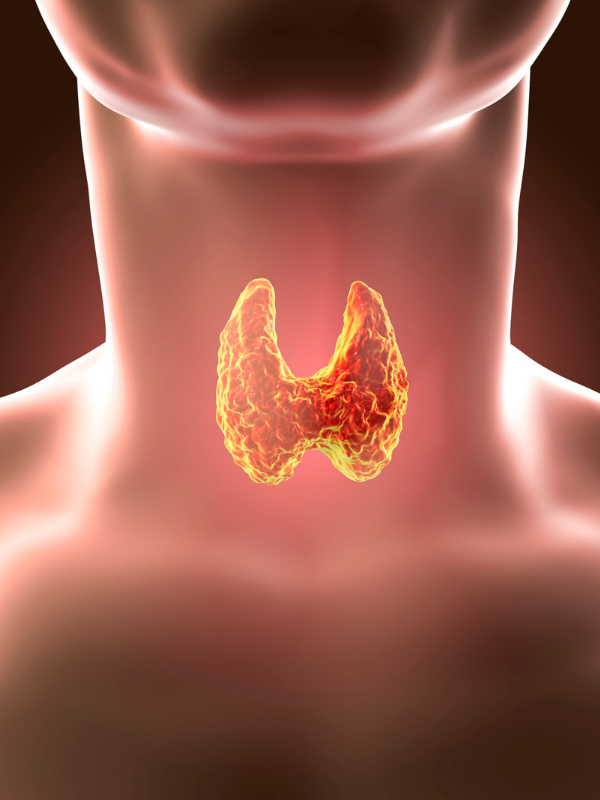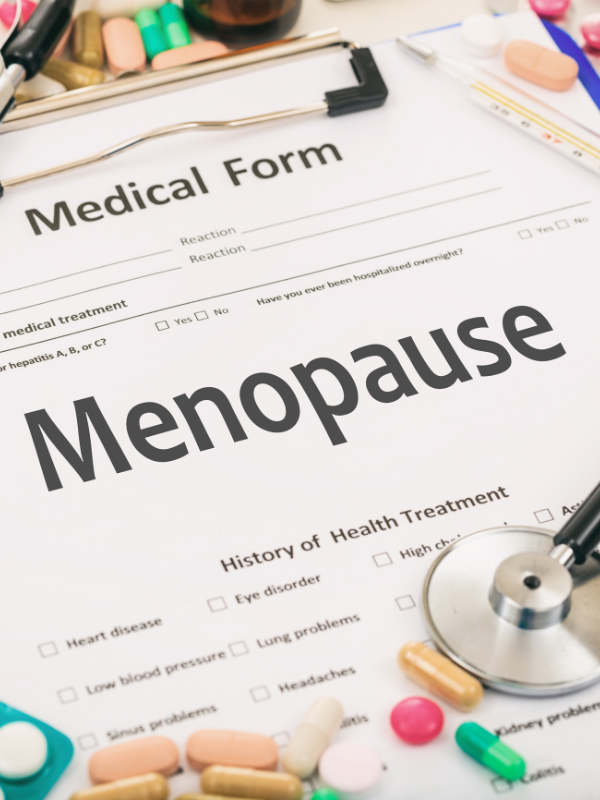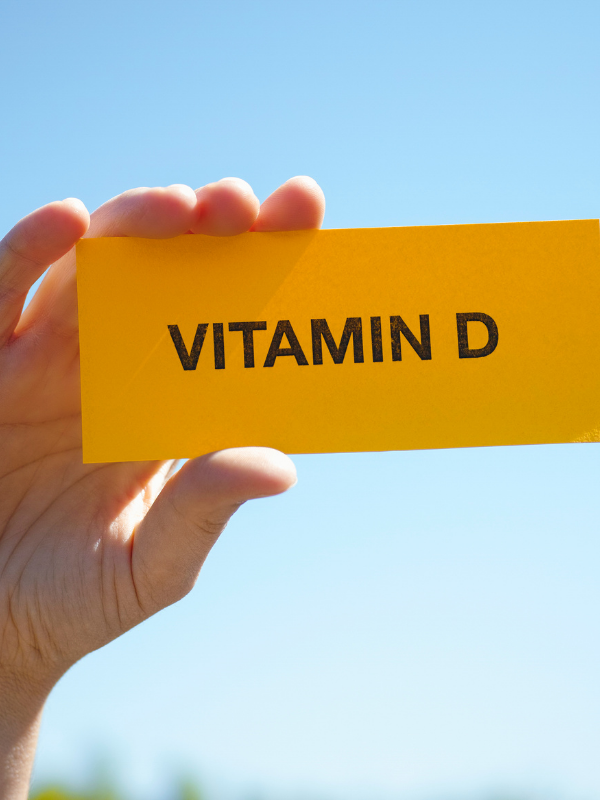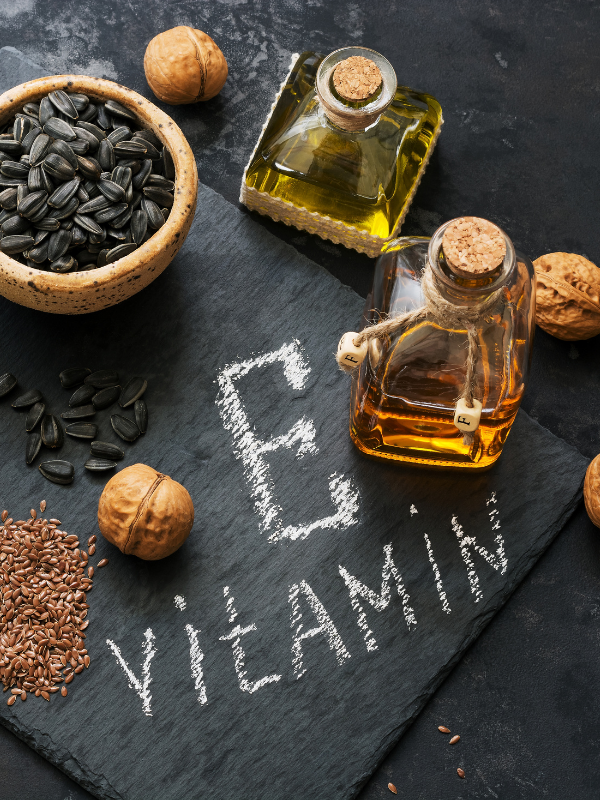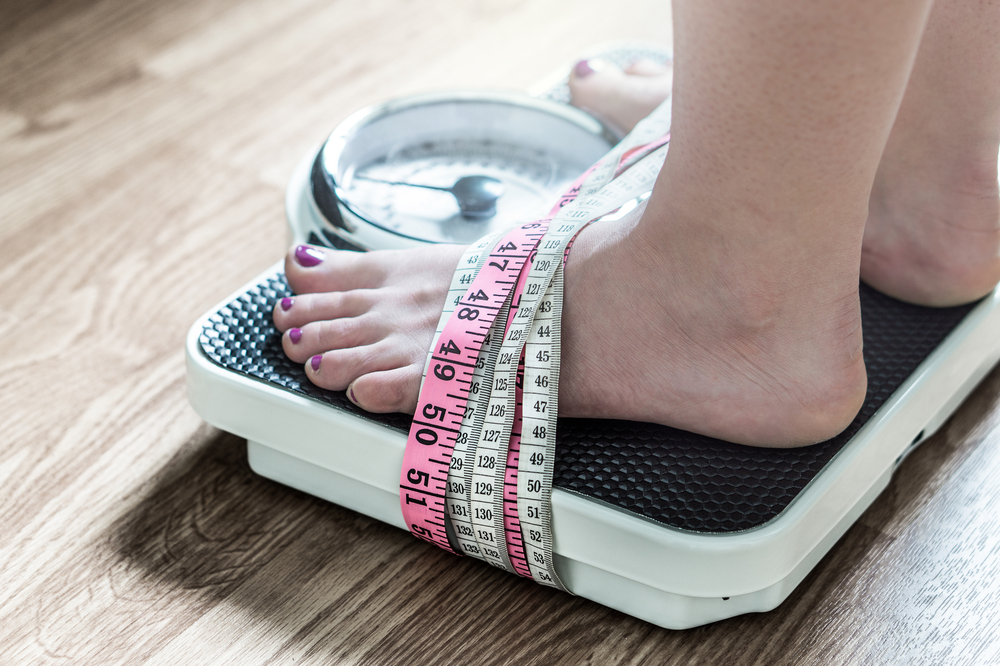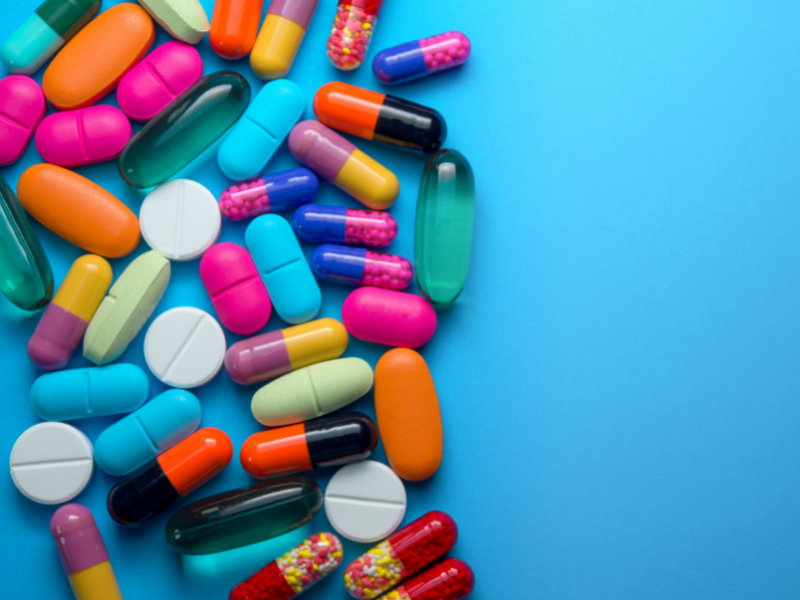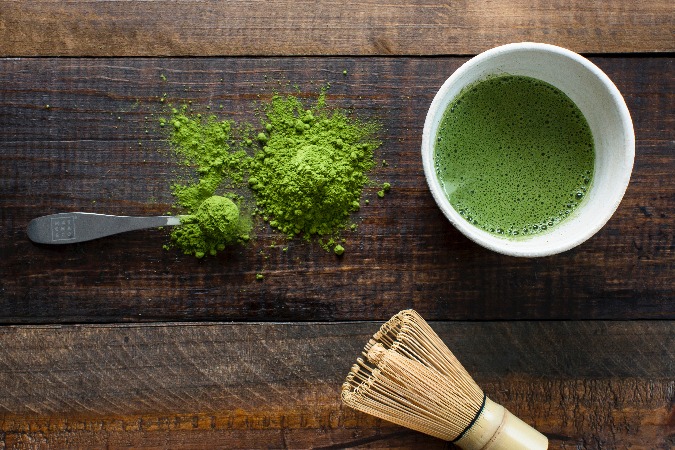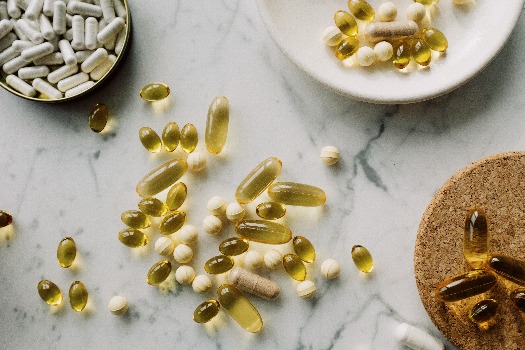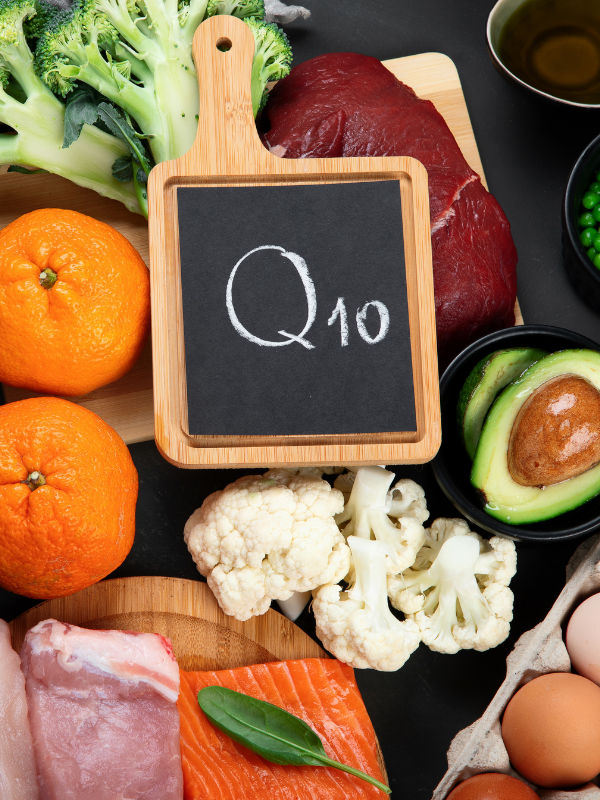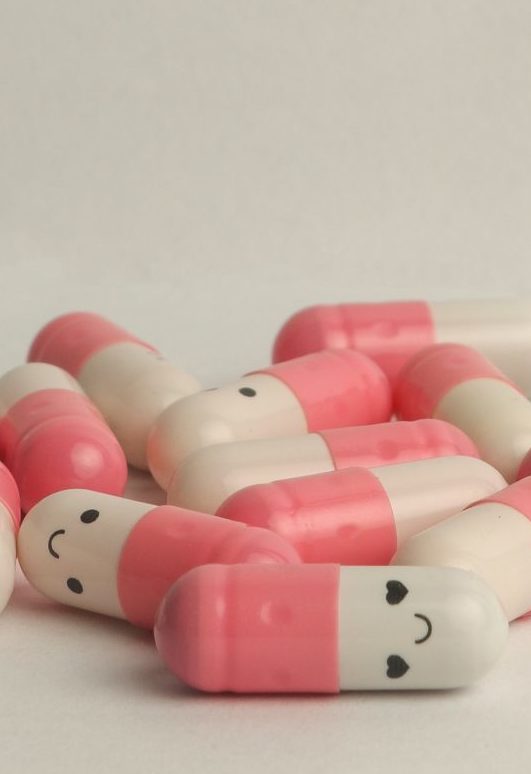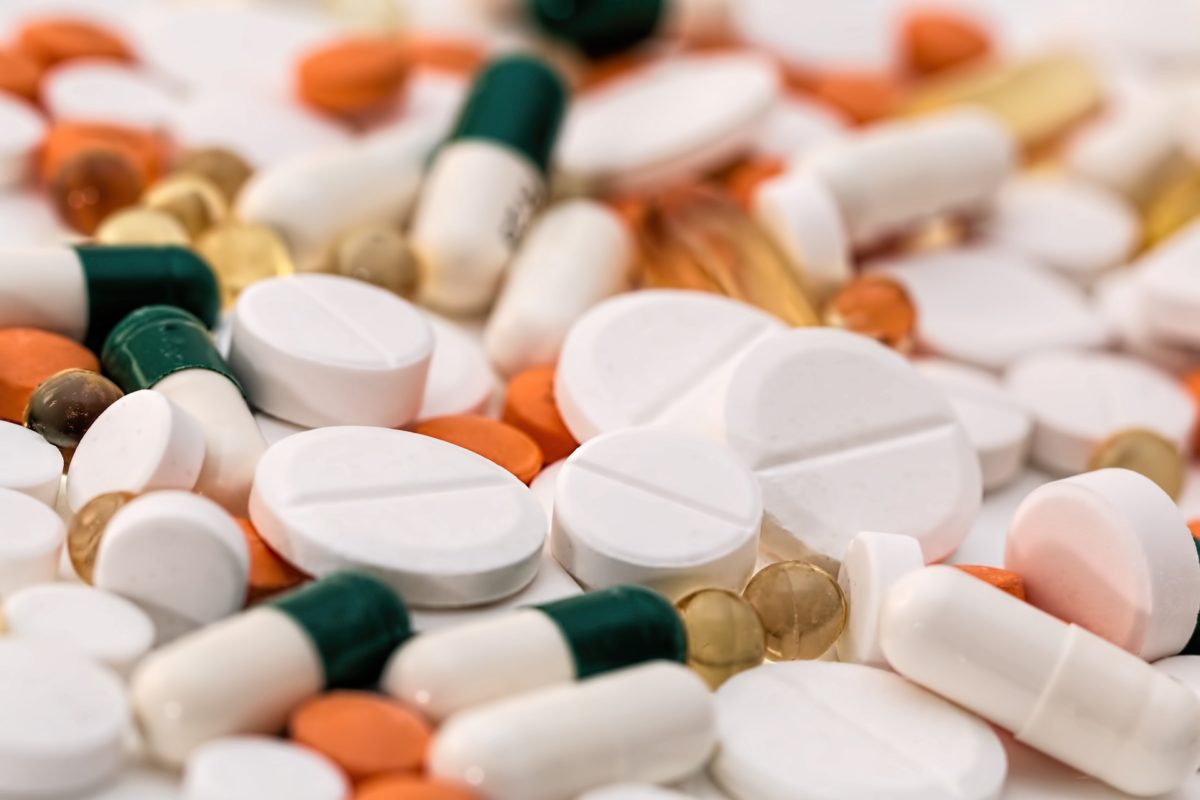
What is an A1c Test?
An A1c test is usually used to diagnose diabetes or prediabetes or to check on how well controlled your blood sugar is. Other names for an A1C are glycated hemoglobin, glycosylated hemoglobin, hemoglobin A1C, or HbA1c test.
Hemoglobin is the protein in your red blood cells that carry oxygen and makes your blood bright red. A hemoglobin A1C test measures the percentage of the hemoglobin protein in your red blood cells that has glucose bonded to it. Since your red blood cells live 2-3 months, it gives you a rough average of what your blood sugar has been over the past 2-3 months.
A1C test results usually correspond with the following “Estimated Average” blood sugar levels:
6% 126 mg/dL
7% 154 mg/dL
8% 183 mg/dL
9% 212 mg/dL
10% 240 mg/dL
11% 269 mg/dL
12% 298 mg/dL
Why Do You Need To Know Your A1c
Avoid Complications if You Have Diabetes
The higher your A1C level is, the more worried you should be about diabetes complications. This makes sense because when the proteins in your blood are getting glucose attached to them, all the other proteins in your body are being damaged in the same way.
The results of an A1C test also help your doctor or other health care provider know if it’s important to add a new blood sugar medication or adjust the dose of medications you are taking.
Monitor Your Progress in Reversing Prediabetes
If you have a family history of diabetes or your physician has been raising the alarm that you need to lose weight and exercise to avoid diabetes, an A1c test can give you an excellent idea of how well your efforts have been working.
Monitor your diabetes treatment plan. The result of your first A1C test also helps establish your A1C level is starting out–a baseline. Your physician will then repeat your A1c 2-4 times a year to monitor your diabetes treatment plan.
How often you need the A1C test depends on the type of diabetes, your treatment plan, how well you’re meeting treatment goals, and your physician’s clinical judgment.
About the Test
The A1C test is a simple blood test and it shouldn’t require fasting if it is the only test being done that day.
The blood sample is taken by inserting a needle into a vein in your arm.
Diagnosing Diabetes and PreDiabetes:
Diabetes Is an A1c of 6.5%
An A1c of 6.5% or more meets the diagnostic criteria for diabetes if it is confirmed with another A1c or a fasting blood glucose of >126 mg/dl. If you have been diagnosed with diabetes and succeed in lowering your A1c below 6.5%, Great! Unfortunately, we wouldn’t be able to say you don’t have diabetes anymore.
You would be considered to have very well-controlled diabetes.
Prediabetes Is An A1c of 5.7% to 6.4%
When your blood sugar gets to this level, there is clearly insulin resistance and/or a lack of insulin present in your system. This definitely sounds like bad news to anyone hearing it for the first time. And yet, many times it is just the kind of wake-up call that turns on the motivation full blast. And for good reason–the Diabetes Prevention Program Study provided proof that people who exercise and lose just 5% of their body weight are able to delay the onset of type 2 diabetes by as much as a decade!
An A1c Below 5.7% is Considered Normal.
The “normal range” for A1c is 4.6%-5.7%. But, here’s a secret: If you ask most endocrinologists what they would want for their own A1c to be, most would answer that they would want a 5.0%.
The A1c Target
The goal for A1c should be individualized for every person based on their age, and other risk factors but an A1C level of less than 7% is a common treatment target. A lower A1c target provides better protection for your kidneys, your brain, and your nerves and blood vessels.
A1C and self-monitoring
Even though an A1c gives your doctor a pretty good idea of your risk for complications, you still need real-time glucose self-monitoring information to make food and exercise decisions on a daily basis.
Factors that Can Throw Off Your A1c Results
Any condition that interferes with the routine production of red blood cells will have an effect on A1C test results. These include anemia, pregnancy, and blood loss. Less commonly, some people have hemoglobin variants that are more common in those of African, Mediterranean, or Southeast Asian descent.
Instructions
The Hemoglobin (Hb) A1c Blood Test does not require any fasting or other special preparations. Normal medications may be taken before the test.

 Scan Me!
Scan Me!
